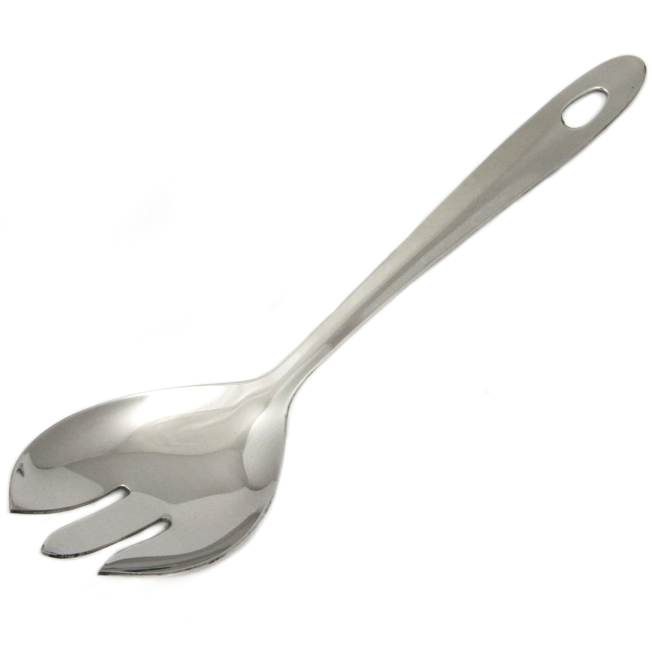In the bustling dance of pots, pans, and utensils in our kitchens, the humble spoon often takes a back seat, quietly serving its purpose without much fanfare. Yet, in its simplicity lies an undeniable versatility that makes it an indispensable tool for chefs and home cooks alike. In this blog post, let’s dive into the world of spoons, exploring their myriad forms, functionalities, and the magic they bring to our culinary endeavors.
1. The Many Faces of Spoons
a. Mixing Spoons:
Designed for the alchemy of cooking, mixing spoons come in various materials – wood, metal, or heat-resistant plastic. Their long handles and wide bowls make stirring, folding, and blending a breeze.
b. Slotted Spoons:
The unsung hero of boiling, blanching, or deep-frying, slotted spoons allow liquids to drain while ensuring your ingredients stay in the pot. Perfect for retrieving delicate items like poached eggs or dumplings.
c. Serving Spoons:
Elegant and functional, serving spoons come in various shapes and sizes to cater to different dishes. From hearty stews to delicate salads, a well-chosen serving spoon can add a touch of sophistication to your dining table.
d. Tasting Spoons:
For chefs perfecting their culinary symphony, tasting spoons offer the ideal vessel for sampling sauces, soups, and dishes in progress. Their small size allows for precise tasting without the need for multiple utensils.
2. Materials Matter: Wooden, Metal, or Plastic?
a. Wooden Spoons:
Timeless and versatile, wooden spoons are gentle on cookware, making them ideal for non-stick pans. They also resist conducting heat, preventing burns during stovetop cooking.
b. Metal Spoons:
Durable and heat-resistant, metal spoons are perfect for heavy-duty tasks like stirring thick sauces or breaking up ground meat. Opt for stainless steel for longevity and resistance to rust.
c. Plastic Spoons:
Lightweight and often heat-resistant, plastic spoons are go-to tools for non-stick cookware and delicate dishes. Look for high-quality, heat-resistant plastics for durability.
3. The Spoonfuls of Wisdom: Kitchen Hacks
a. Use the Back:
When measuring ingredients, use the back of the spoon for more accurate quantities, especially with dry ingredients like flour or sugar.
b. Poached Perfection:
Create a whirlpool with your spoon while poaching eggs to help the whites wrap around the yolk for a perfect poach.
c. Slice with a Spoon:
A spoon can be a handy tool for slicing soft fruits like kiwi or avocados. Simply scoop out bite-sized portions directly from the skin.
4. Spoonfuls of Style: Choosing the Right Spoon for the Job
a. Consider the Material:
Choose the spoon material based on the task at hand. Wooden spoons are gentle on delicate dishes, while metal spoons are sturdy for heavy-duty cooking.
b. Vary the Sizes:
Invest in spoons of various sizes to suit different needs – from stirring a pot of soup to delicately serving a quinoa salad.
5. The Spoon’s Legacy: A Symbol of Nourishment
In conclusion, the spoon’s role in the kitchen goes beyond its utilitarian function. It is a symbol of nourishment, tradition, and the shared experience of enjoying a meal together. So, the next time you pick up a spoon, remember that you’re holding more than a utensil – you’re cradling a vessel of culinary wisdom and the potential for countless delicious moments.

